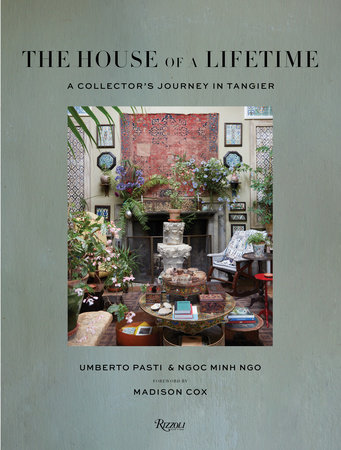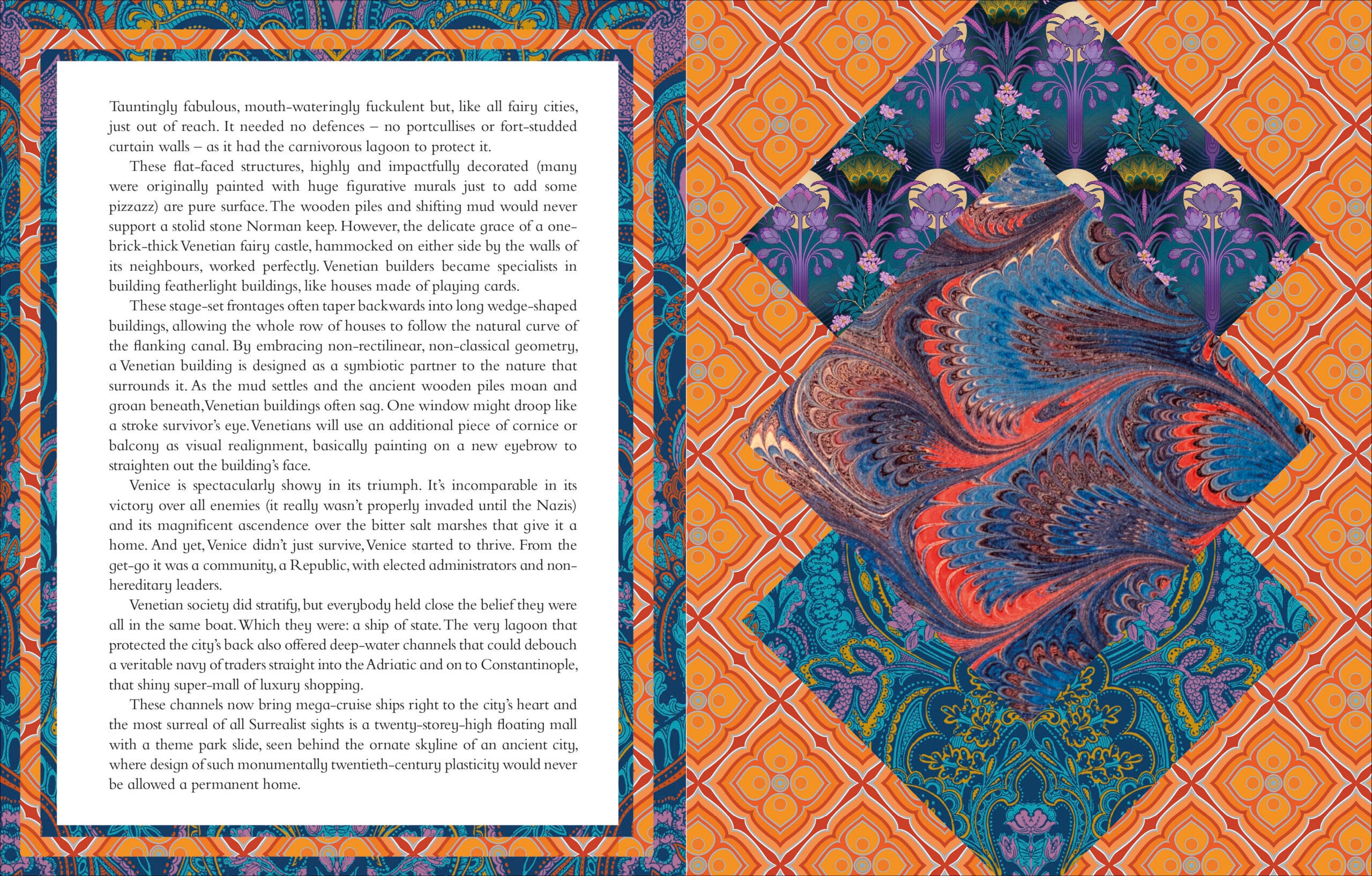High-End Books that Exude Quiet Luxury
The impeccable style of the Roy family on Succession is the driving force behind TikTok’s obsession with “quiet luxury.” Rather than flashy designer labels or diamonds the size of golf balls, quiet luxury is about the more subtle trappings of wealth. Elevated materials, timeless and impeccably made pieces, and an emphasis on quality above all else









